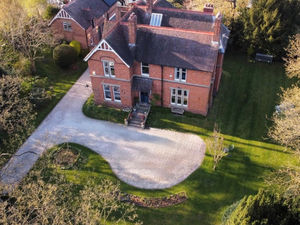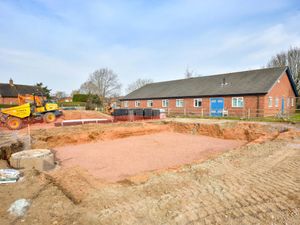Approved: Burial mound to be built in Shropshire for the first time in thousands of years
Plans to build a burial mound in Shropshire for the first time in thousands of years have been approved.
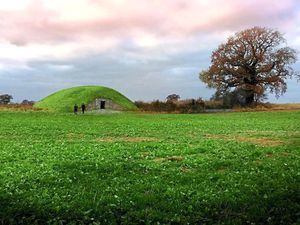
Permission has been granted by Shropshire Council for the replica prehistoric tomb, known as a long barrow, to be built near Wem.
It brings to an end two years of work between a farm and the company Sacred Stones, which creates places for families to put cremation ashes.
Ornamental urns will be used to store ashes within the mound at Soulton Hall and farm.
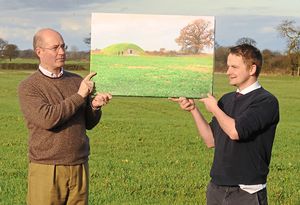
Barrows were traditionally built for the social elite while ordinary citizens were cremated or buried. They were first constructed in about 4,000 BC with the best-known site at Sutton Hoo in Suffolk.
Similar barrows have recently been created at All Cannings, Wiltshire, and at Willow Row, Cambridgeshire, and now Soulton Hall will be the latest long barrow to offer a final resting place.
Tim Ashton from the hall, who has come up with the scheme, said: "We are very pleased this has been granted permission because it has been two years of hard work to develop something to help the community."
Work will start in early 2018 and the mound is expected to be ready for use by next summer. It will be somewhere special to remember a loved one – and also provide an echo of ancient times.
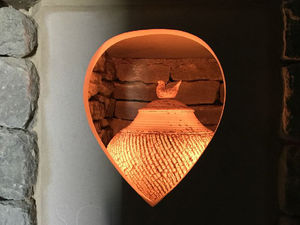
Mr Ashton said he wanted to create a special space for the community to be able to remember a loved one.
“A friend of mine who was a steward at Stonehenge built the first one in the UK for thousands of years, and I went to visit it and it was beautiful," he said.
“It has helped quite a few people there and I want that to be the case here. It will be for anyone – anyone can reserve a space with Sacred Stones and already up to 20 people have reserved spaces.
“Someone said to me businesses should be there to help people and we want this to help the community.”
Mr Ashton said the tomb, called a long barrow, would be a stone chamber covered in earth and will provide a memorial space for people's ashes.
Toby Angel, the managing director of Sacred Stones, said the planning application had public support from the outset.
He said: “The planners came to site earlier this year and once they’d established what our motivations were, and how we intended to construct the barrow they swiftly embraced the idea.
“While reasonably confident we were not entirely sure how people would react. Suffice to say we have been welcomed with enthusiasm, and the list of people wishing to choose their niche is growing.”
The work ahead will require skilled stonemasons to build the barrow and will begin with levelling the land to lay down crushed stone.
Mr Ashton said he is hoping the barrow will be standing for thousands of years.
He added: “It will be local people welcome but people from all over will also be welcome to use the barrow.”
Why burial mounds are nothing new

There was a time when burial mounds were dotted across the UK.
Barrows were constructed in England from Neolithic times – 4000BC – until the late pre-Christian period at around 600AD.
In the Neolithic Period the mounds were long and contained members of a family or clan, while those of the Early Bronze Age, around 1900BC, were round and used to bury a single important individual. Both types of barrows continued to be used in England until the advent of Christianity.
Their sites are most common in the county of Wiltshire. The most famous of all is Silbury Hill. Probably built about 2470BC, Silbury is one of the most intriguing monuments in the landscape of the Avebury World Heritage Site. Historians had always presumed it was built to remember the dead but following fruitless excavations its real meaning remains a mystery.
Shropshire’s burial mound is likely to involve less work than at Silbury, which involved about four million man hours of work. Half a million tonnes of material, mostly chalk, were used to create it.



